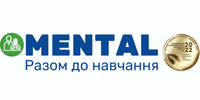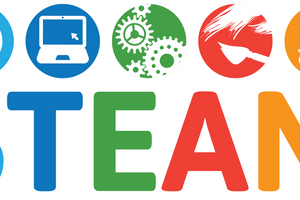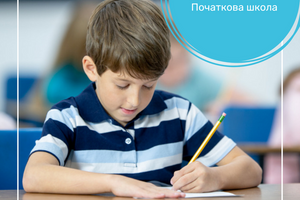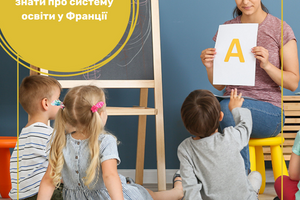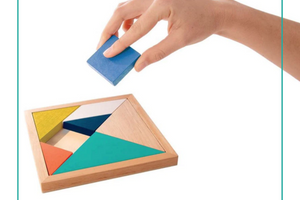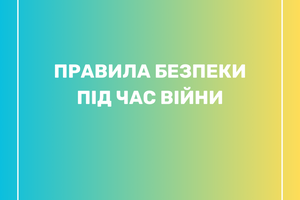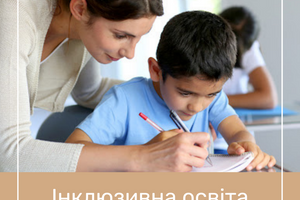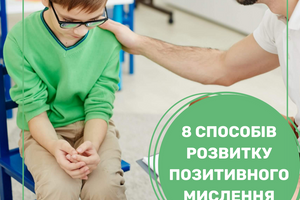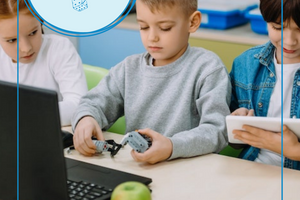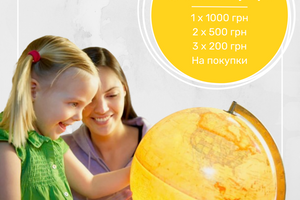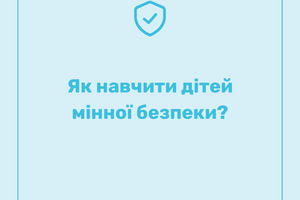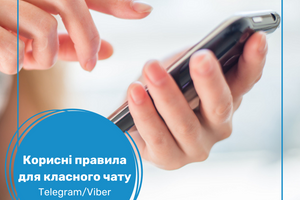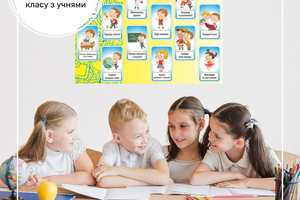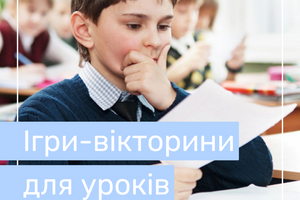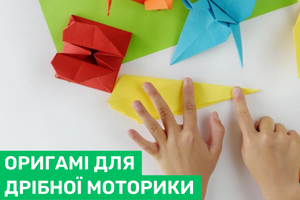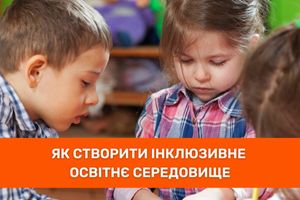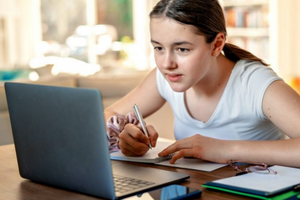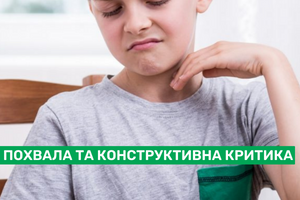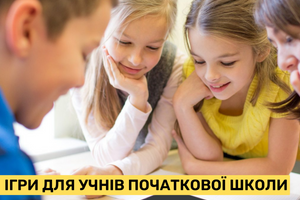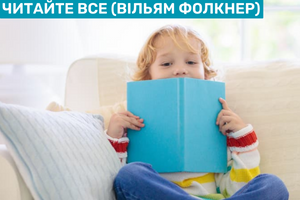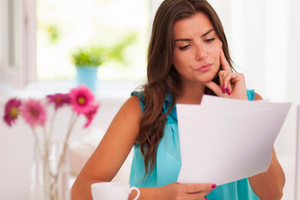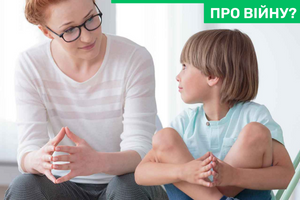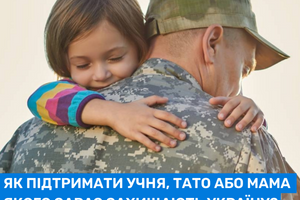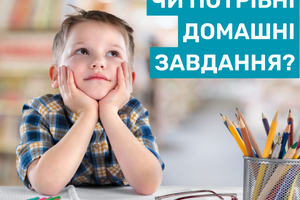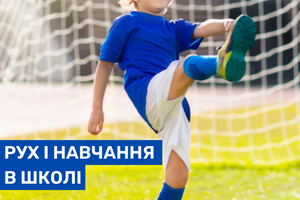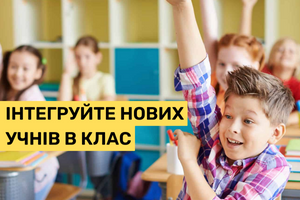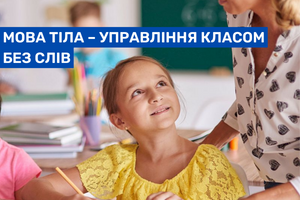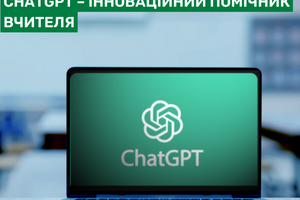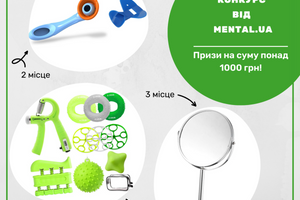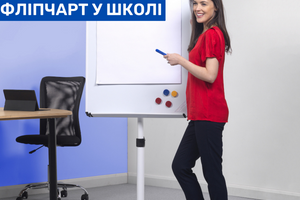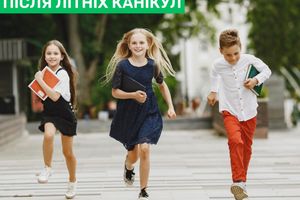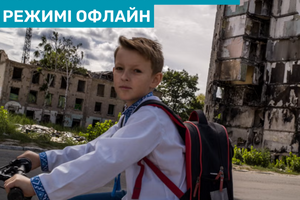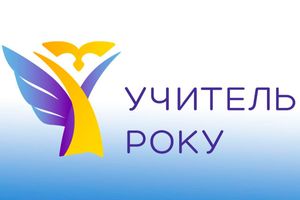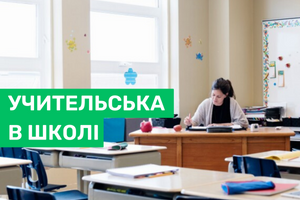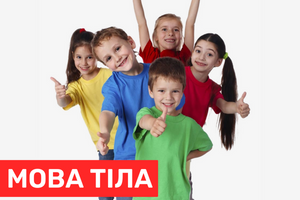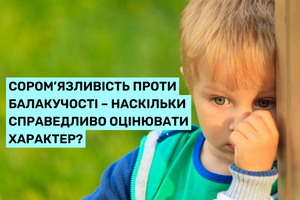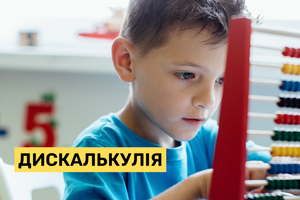Montessori has been an integral part of the global education system for a century and revolutionized pedagogy. Even those who have not attended a Montessori school at least know the classic learning materials such as the abacus, the pink tower, the brown ladder, the bead box, flower arrangements or noise cubes.
In this article, learn who Maria Montessori was and why her ideas and materials are so special.
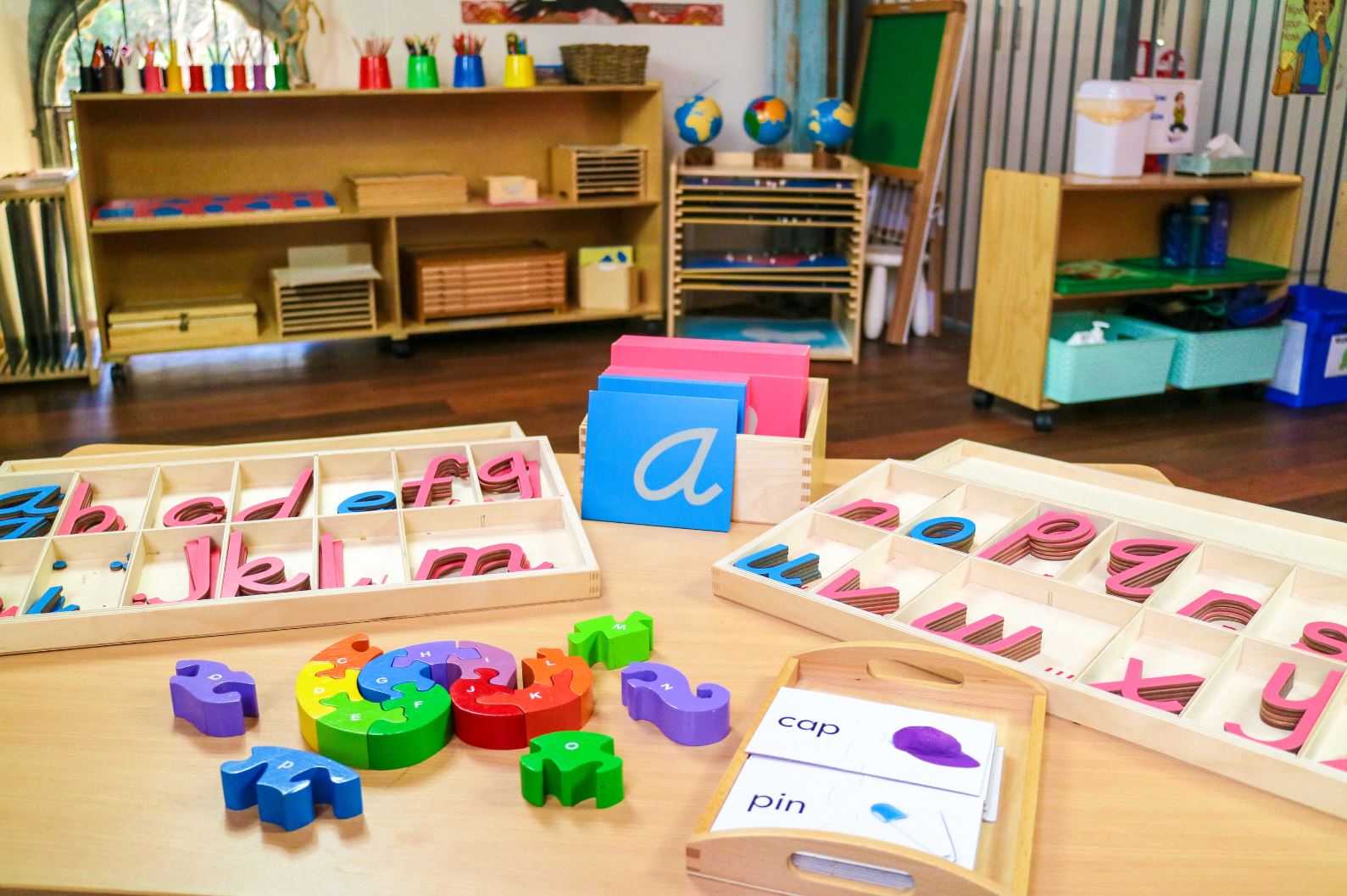
Content
1. Basic ideas of Montessori education
2. What makes Montessori materials so special?
3. Montessori learning materials
3.1. Geoboard and forms
3.2. Hundreds of wooden and beaded sticks
3.3. geography
3.4. Baskets for discoveries
Basic ideas of Montessori education
In Montessori education, the center of attention is the child. She must learn independence and self-sufficiency without pressure or judgment, decide for herself what she wants to do next, and learn with all her senses. This approach applies to children with and without disabilities and is therefore also inclusive.
This means that Montessori education is different from traditional educational institutions, which are based on praise and blame, grading system and face-to-face learning. Today, Montessori education also includes the creative development of children, which did not correspond to the spirit of the time during Maria Montessori's life, at the end of the 19th - mid-20th century.
Individuality and freedom
"Help me do it myself!" This request is, so to speak, the leitmotif of Montessori education and belongs to teachers. Each child has individual strengths, interests and talents, and those around them support them to deepen them, explore connections and solve problems. A child's curiosity determines the individual learning path and progress in learning. Teachers give children an impulse to awaken interest in topics.
The joy of learning in a child-friendly environment.
Maria Montessori requires children to have a natural joy in learning. Therefore, children have an intrinsic motivation to explore the environment. A child-friendly environment, for example: miniature furniture that they can move themselves, and general work materials that they can easily work with. In this way, children experience self-efficacy at an early age and see a direct connection between learning content and their everyday lives.
Cosmic education
Montessori teaches the connections of the world and the role of the individual in the big picture to teach children to act responsibly. Subjects such as geography or history are taught from this perspective so that children see themselves as part of creation.
Polarization of attention
This term describes a child's self-absorption during play or study. Maybe it's a bit like the flow you can get into when you're doing an exciting activity as an adult. According to Montessori, this state is important for structuring cognitive processes. The more the child's activities correspond to his own interests, the higher the probability that he will achieve this desired state.
Maria Thecla Artemisia Montessori lived from 1870 to 1952.
After studying science and encountering some resistance, she was one of the first five women in Italy to study medicine and finally received her doctorate in Rome.
During her studies, she focused on prenatal developmental biology (embryology) and evolutionary theory, and specialized in pediatrics through her work in a psychiatric clinic - inspired by the idea of improving the treatment and work of mentally disabled children in hospitals.
From 1899, she headed a special educational institution for two years and developed her own educational materials, after which she studied anthropology, psychology and philosophy of education. At the same time, she continued to research and use the educational materials she developed for mentally disabled children to support socially disadvantaged children - with impressive results.
Based on this experience, Maria Montessori developed her further concepts. With the support of Mussolini, the Montessori method was introduced into Italian schools in 1924. After the Fascist regime increasingly tried to influence Montessori's educational work from 1934 and eventually banned it, Maria Montessori left Italy.
After giving lectures and training courses in India, she moved to the Netherlands and developed further pedagogical concepts and didactic materials together with her son Mario.
What makes Montessori materials so special?
Big handles, small chairs, colorful geographic puzzles: Montessori educational materials are convenient for children in every way. It awakens all the senses and makes children interested in doing it, e.g. through geometric shapes, bright colors, pleasant surface structure or noises.
The materials not only encourage activities, but also often awaken the desire to discover something, so in the perception of children, learning recedes into the background and happens more randomly. By activating different learning channels, abstract content suddenly becomes literal and clear, e.g. when it comes to fractions.
Montessori learning materials
There are many different Montessori materials for teaching lessons. Below we present you a small selection. By the way, you can spend most of them on your own without making any effort, of course, together with the children.
Geoboard and forms
Geoboard is more commonly known as a nail board and is usually square in shape. The board has nails or pins at regular intervals. Around these knots, children draw geometric shapes with the help of wool, rubber bands or something similar. In this way, they not only learn about triangles and squares, but also train their fine motor skills, imagination, hand-eye coordination and get an idea of symmetry and angles.
They can also use different colors to create complex motifs and creative expressions. Of course, you can depict not only surfaces and shapes, but also letters. By the way, you can quickly and inexpensively make your own geoboard using a cork board and pins. Colorful sticks, blocks, shape boards and geometric shapes made of wood are ideal for learning about shapes and patterns, adding them or combining them in new ways - similar to a tangram.
Popsicle sticks are inexpensive materials you can use to get your students excited about geometry. Classic blocks are also a good alternative, especially if your children paint them colorfully. And, of course, you can also create different shapes from thick colored cardboard.
Hundreds of boards and bead sticks
10 x 10 planes and 100 number tiles - on the hundreds board, children learn to count and number series in the range of numbers up to 100. These are the foundations for other types of calculations and a good understanding of numbers. With the help of a control board, children independently check their results without relying on the teacher's help.
Bead sticks are a great tool for learning the little multiplication table. Through the visual representation, children develop an understanding of sets of numbers and can also use the sticks to check their own arithmetic problems.
You can also get creative with these two tutorials and make them your own, e.g. from cardboard, optionally covered with magnetic foil. Instead of pearl rods, pearl necklaces are also suitable, which connect them together with the help of small chains or grommets.
Geography
There are puzzle maps for almost every country and continent. Another variant of wooden puzzles is insert cards: children mark countries, regions, etc. with flags. Your students will also learn about capitals and coats of arms.
Baskets for discoveries
Discovery baskets are a great introduction to new topics, e.g. in the field of natural sciences. Have the children collect or bring in different items that fit the overall theme. Or even the ones you tested together, because not everything that looks like metal is magnetic, for example.
Possible topics for classroom discovery baskets:
Forest, sea/beach, tundra or desert
Metals, precious stones, fossils, seeds, textiles
Geometric bodies from everyday life, e.g. B. cylinders, spheres or prisms
Items that start with one letter
Bicycle, car, plane
Sweet, sour, spicy or salty
Farm-themed items (such as certain types of animals or food)
Things that smell
Things that absorb liquid
We wish you and your children fun and even more exciting discoveries. Of course, you can find a large selection of Montessori materials in the store.
